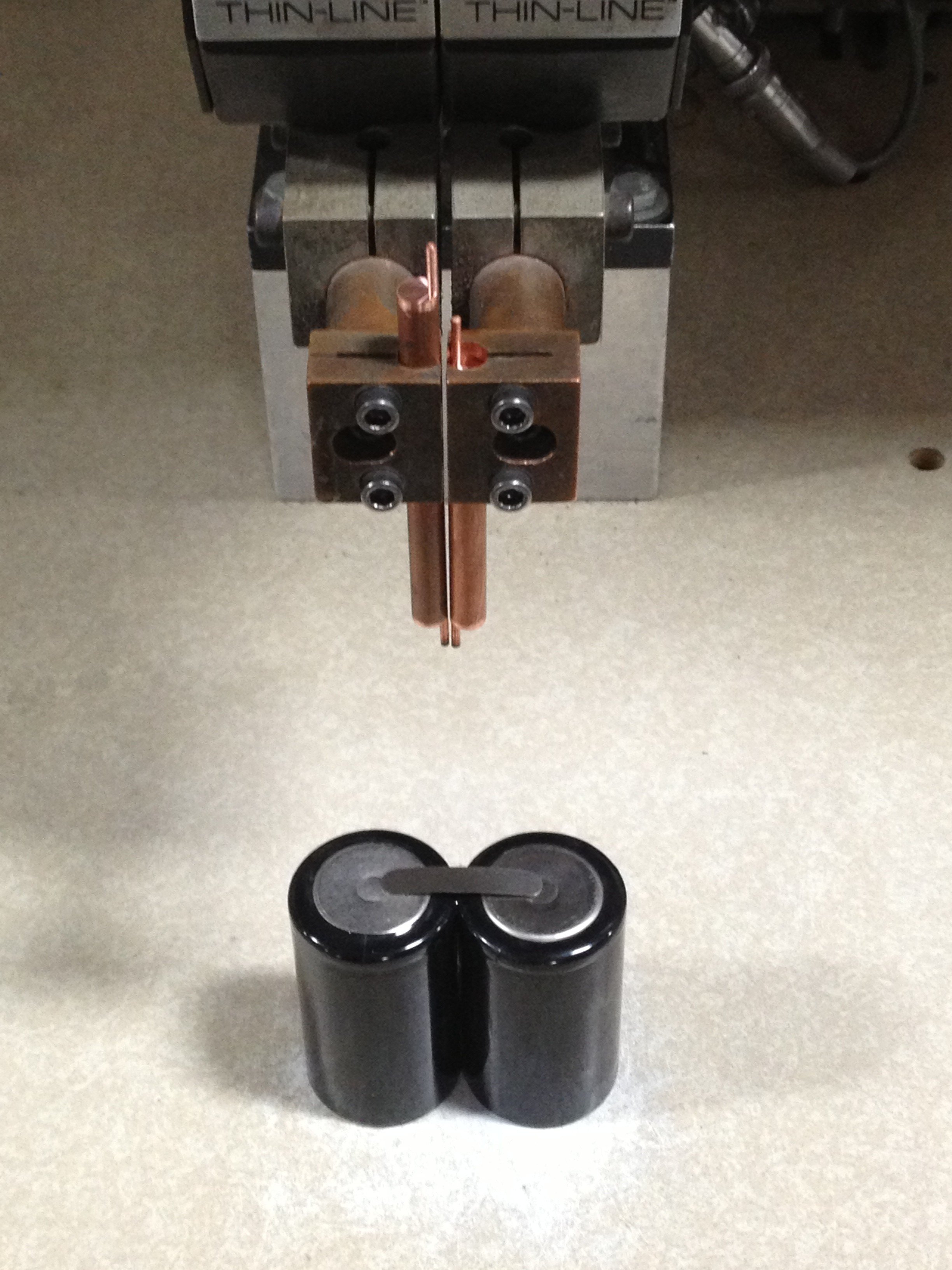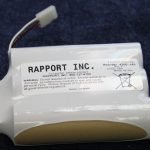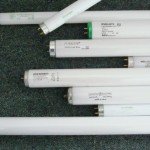Batteries are such a ubiquitous aspect of our daily lives, that they need no explanation. Even small children understand charging or replacing batteries in their favorite toys, but what about battery packs? That term isn’t as universally known, so the components may be a mystery to you as well. In today’s post, we’ll break down the basics of a simple battery pack. Of course, some of the designs we manufacture for customers are more complex than what is outlined below, but the anatomy of a basic battery pack is provided.
Battery Packs generally have the following components:
- 2 or more battery cells
- Nickel straps (used to weld battery cells electrically together)
- Solder tabs (used to solder wire to nickel straps and entire battery pack assembly)
- 1 or more strands of wire (used to run current from battery to battery-operated device)
- 1 or more connectors (used to provide easy installation into a battery-operated device)
- Heat shrink (to add stability to the welded together cells and to reduce potential for arcing)

Specialized skills and equipment are required to manufacture most battery packs. A typical battery pack consists of using an ultra sonic welder to weld 2 or more battery cells together in either a serial, parallel, or both serial and parallel configuration, using nickel straps. The number of cells required and the associated configuration in the design are driven by the desired output—both power (voltage) and capacity (amp hours). Connecting the batteries in series increases the power while connecting the batteries in parallel increases the capacity.
Rapport manufactures thousands of battery packs each month. All of our battery packs are assembled to the specifications of customers—from a couple battery cells to a hundred!
Do you have a special battery pack need that you’d like to discuss with us?




